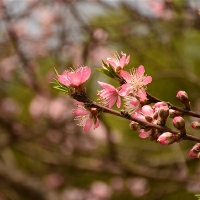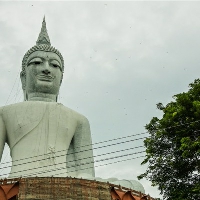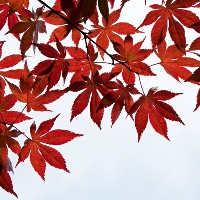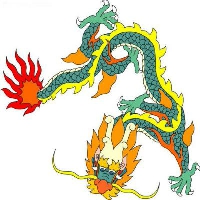The size of an ordinary one inch photo is 25mm × 35mm, the size of a small one inch photo is 22mm × 32mm, and the size of a large one inch photo is 33mm × 48mm. One inch photo refers to an inch size photo, which is generally used as a certificate photo, such as ID card, medical examination form, etc.
One inch photo size:
One inch photos are generally used as ID photos. In order to ensure the photo quality and the unity of the size, angle, posture, color, etc. of the portrait, the Ministry of Public Security has formulated and published the technical standard of digital photos for ID card production (GA461-2004).
That is to say, all photos must be recent front bareheaded color pictures, with the head accounting for 2/3 of the size of the photo. The white background has no border. The image is clear, rich in layers, natural in appearance, without obvious distortion, and the size of the photo is 25mm × 35mm.










